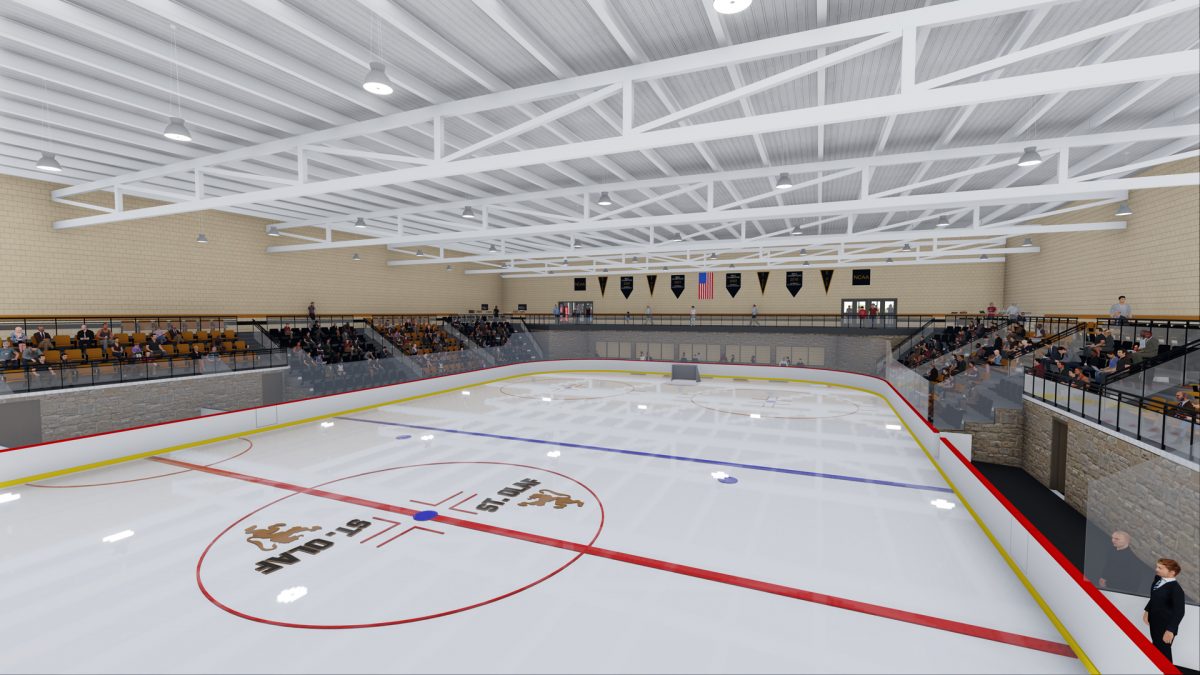Ice Rink Climate Control
Ice rinks generally fall under the industrial refrigeration category. If you’re going to have people skating on ice or interacting with it in any way, then it is important to make sure you have the right equipment in place to keep temperatures at the optimum level. If temperatures begin to drop, this will lead to the ice melting and potentially people getting hurt. No matter what setup you decide to go with, it’s important to know what it takes to get the rinks up and running.
Permanent vs. seasonal setups
Permanent ice rinks should typically have temperatures that stay around 24 degrees F. This is well below freezing, and any water that touches the surface will quickly freeze as well. The idea with a permanent set up is that you’re not going to be taking it down for any reason. Some professional sports arenas will actually build on top of the ice rinks so other sports teams can play. For a permanent setup, you’ll also want to make sure that the temperatures in the building stay cool, generally between 50 and 60 degrees F. You will want to make sure that the humidity stays low as well. The size of your rink in will determine how many dehumidifiers you will need. Consider renting the 7000 XLI Commercial Dehumidifier for managing the humidity of your space.
With a seasonal set up, you can bring the fun of an ice rink to your backyard or create a fun opportunity within your community. It would be ideal that if you’re going to set up a seasonal rink outside, then the temperatures are around 50 degrees F. It wouldn’t make too much sense to put effort in keeping the rink cool if the outdoor temperatures are smoldering. There has to be a balance between the temperature of the rink and the temperature of the surrounding environment.
Hockey and ice skating rinks
When it comes to hockey and ice skating rinks, there’s essentially no difference of the ice that people would be skating on. It is, however, important to understand that to make an ice rink efficient, it’s much more than just pouring water onto the surface hoping it freezes and calling it a day. The way that the ice is layered is important to ensure that it is thick enough to be skated on by multiple people and won’t melt so quickly. The less water that you lay onto the surface at a time and allow to freeze first will ensure that you get the best results from your ice. Once the ice is laid down to a point that is acceptable for people to skate on, then it comes back to continually maintaining the temperatures of the arena, which can be achieved with environmental climate control. It will require continual effort of making sure the refrigeration systems you have in place to keep the ice cold are working properly and monitoring the temperatures outside the arena. Sometimes, if the temperatures outside are too hot, this can make the building warmer and cause the ice to get soft, so having backup climate control units to rent may be necessary. Maintaining a safe rink for people to enjoy no matter what the temperature outside will be the utmost priority.

